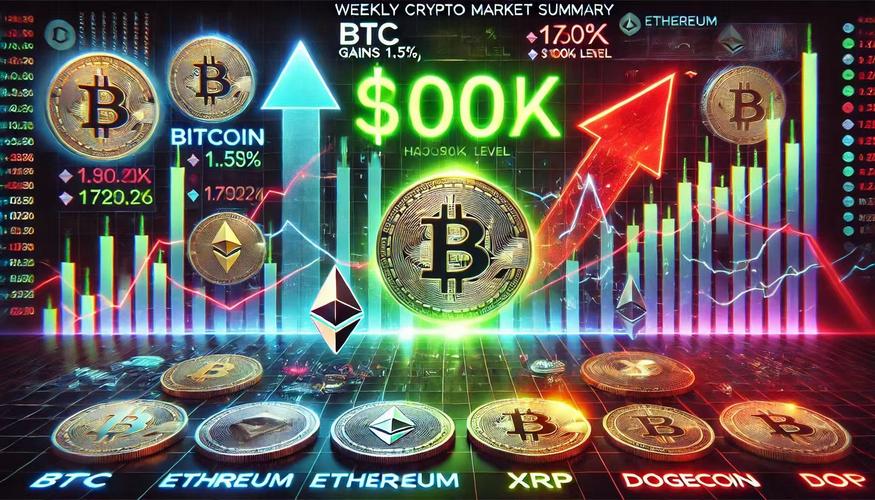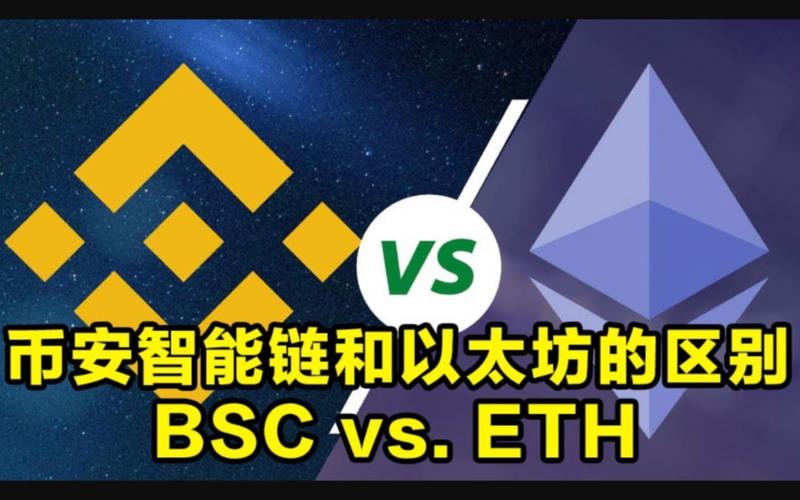Understanding the Battle: Binance Smart Chain vs Ethereum
When it comes to blockchain technology, two names stand out: Binance Smart Chain (BSC) and Ethereum. Both have their unique features and advantages, making them popular choices for developers and investors. In this detailed comparison, we’ll explore the various aspects of BSC and Ethereum to help you understand their differences and similarities.
Network Speed and Scalability
One of the most significant differences between BSC and Ethereum is their network speed and scalability. Ethereum, being the pioneer of smart contracts, has been struggling with scalability issues for years. With its current Proof of Work (PoW) consensus mechanism, Ethereum can only handle around 15 transactions per second (TPS), which is a bottleneck for its growth.

In contrast, BSC utilizes the Proof of Staked Authority (PoSA) consensus mechanism, which allows it to achieve a much higher TPS of up to 1,000. This high-speed transaction processing capability makes BSC an attractive choice for developers looking to build decentralized applications (DApps) that require fast and efficient transactions.
Transaction Fees
Transaction fees are another crucial factor to consider when comparing BSC and Ethereum. Ethereum’s high gas fees have been a significant concern for users and developers, especially during times of high network congestion. As of now, the average gas fee on Ethereum can range from a few cents to several dollars per transaction.
BSC, on the other hand, offers much lower transaction fees. With its low-cost transaction model, BSC can process transactions for as little as $0.0001, making it a more cost-effective option for users and developers. This low fee structure is primarily due to BSC’s efficient consensus mechanism and the use of its native token, BNB, for transaction fees.
Smart Contract Capabilities
Both BSC and Ethereum offer smart contract capabilities, allowing developers to build decentralized applications. However, there are some differences in their smart contract languages and development tools.

Ethereum uses Solidity as its primary smart contract language, which has become the industry standard. It also boasts a vast ecosystem of development tools, including Truffle, Hardhat, and OpenZeppelin, making it easy for developers to build and deploy DApps.
BSC, on the other hand, uses its own smart contract language, BSC Smart Contract Language (BSCSL), which is similar to Solidity. While BSC’s ecosystem is not as mature as Ethereum’s, it is rapidly growing, with several development tools and frameworks being developed to support BSCSL.
Tokenomics and Native Tokens
Tokenomics plays a crucial role in the success of a blockchain platform. Both BSC and Ethereum have their native tokens that serve various purposes within their ecosystems.
Ethereum’s native token, Ether (ETH), is primarily used for transaction fees and as a store of value. It also serves as a governance token, allowing token holders to vote on critical decisions affecting the Ethereum network.
BSC’s native token, BNB, has multiple uses. It is used for transaction fees, as a governance token, and as a utility token for various Binance services, including the Binance exchange. The BNB token also has a deflationary mechanism, with a portion of the tokens burned every quarter, which helps increase its value over time.
Community and Ecosystem
The strength of a blockchain platform often lies in its community and ecosystem. Both BSC and Ethereum have strong communities and ecosystems, but there are some differences in their approaches.
Ethereum has a well-established community with a long history of involvement in blockchain technology. Its ecosystem includes a vast array of DApps, wallets, and other tools, making it a versatile platform for developers and users.
BSC, while younger than Ethereum, has been growing rapidly. Its community is active and engaged, with a strong focus on innovation and collaboration. The Binance ecosystem, which includes the Binance exchange, also provides a significant advantage for BSC, as it offers a platform for developers to launch their DApps and reach a large user base.
Conclusion
When comparing Binance Smart Chain and Ethereum, it’s essential to consider various factors, including network speed, scalability, transaction fees, smart contract capabilities, tokenomics, and community. Both platforms have their strengths and weaknesses, and the best choice depends on your specific needs and preferences.
BSC offers high-speed transactions, low fees, and a rapidly growing ecosystem, making it an attractive option for developers looking to build scalable and cost-effective DApps. Ethereum, with its well-established community and mature ecosystem, remains a solid choice



